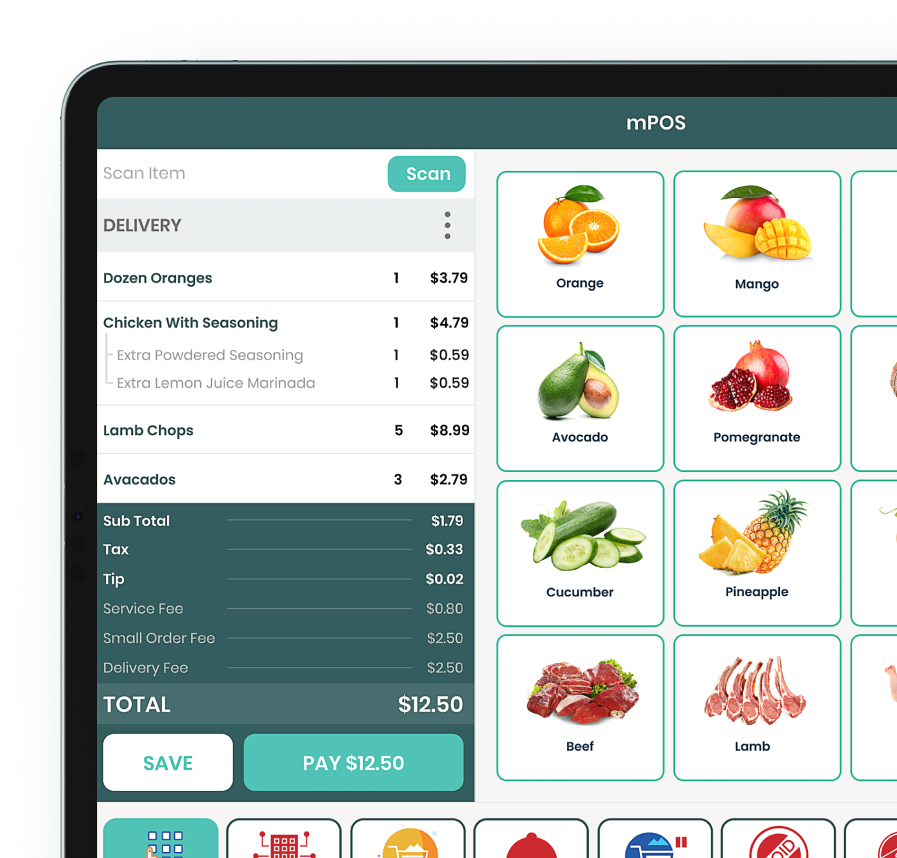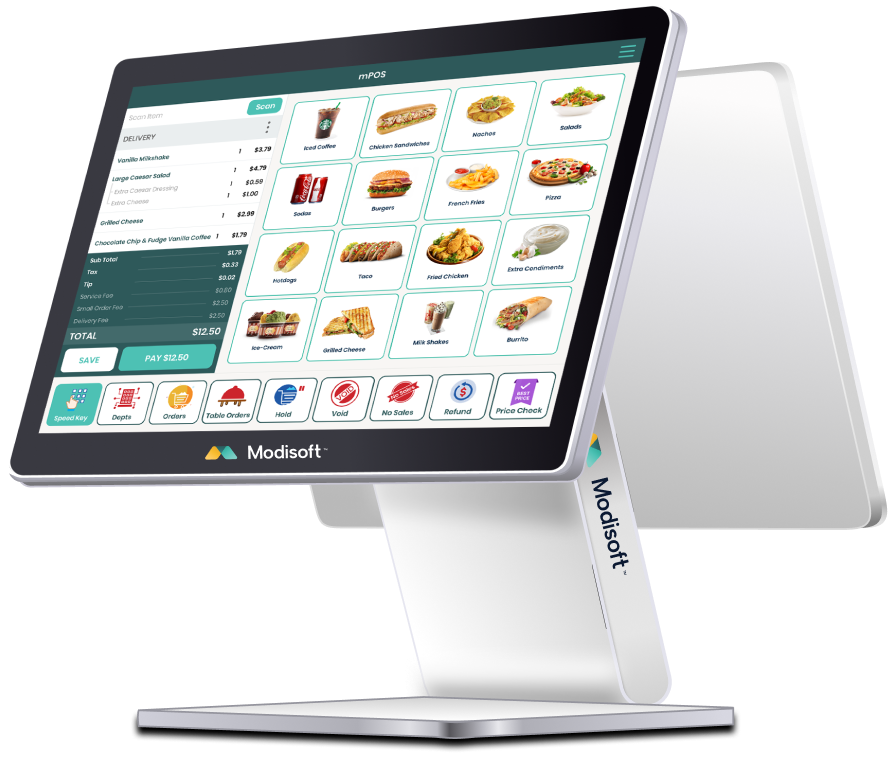While some think the cause of bankruptcy is overstaffed operations or lack of sales, it often is more likely to be mismanaged assets. A strong inventory management system can make a difference in creating a successful business.
Cost control for restaurant margins is an important aspect of managing your business. Labor is one of the larger costs, but food often comes out as the greatest expense for a restaurant. By focusing on maximizing profit with a better management system, you can ensure your business is on track every quarter.
How To Use Inventory Management To Maximize Profits
Inventory management requires a few steps when it comes to organizing with a system. Whether you are using a POS system or tracking inventory by hand, there are a few things to consider.
Verify Inventory
The first place to start for inventory is to verify inventory yourself to ensure you know exactly where your business stands. If you are a new owner, it is a great place to start. If you have been running your restaurant for a while, this task may seem more daunting. In the long run, it will help you maximize profits to their fullest potential.
Track inventory by name, measurement, and quantity. Using an app can help with the initial intake process without having to backtrack. Make sure to measure each food item, beverage, and other items that you order, use, or sell within your restaurant. After the initial process, you will be able to track inventory more accurately moving forward.
Add A Point-of-Sale System
Inventory without a point-of-sale system is far too much guesswork for tracking items. Even for a small business, there are still several items that are regularly ordered and shelved for inventory. With a larger operation, it can be several hundred items to keep track of.
Part of a good POS system is the ability to add flexibility in managing it. This can include inputting ingredients, menu items, and serving specifications. With flexibility, you are able to manage and analyze sales more accurately. Depending on the app you use for a POS system, you can even track employee inventory intakes and record potential losses.
Implement A Inventory Policy
Implementing an inventory policy is an important step for accurately tracking weekly, monthly, and yearly use of items. Depending on your business hours or intake method, inventory may be conducted differently. To establish policies, consider these steps,
- Regularly intake inventory
- Update inventory list
- Calculate cost of items and keep the same method every time
- Assign one person to track inventory with a second person as an assistant
- Have one person responsible for cost estimates, ordering, receiving, and making changes to deliveries
- Conduct an annual inventory intake for internal auditing
For bigger operations, the inventory and procurement should be assigned to two different people that you trust for the job. Individuals who are analytical and enjoy fine details are ideal for tracking inventory and procurement better. With two responsible people taking care of the task, it helps lower the chances for lost items and is a good practice to implement to keep accurate records.
Keep Track of Center of Plate Items
There are always a few items that are top sellers, which is why it is important to keep those center of plate items in stock. Take inventory every day of important items before you open the doors to the restaurant to ensure there is enough for any mishaps of poorly cooked food or potentially stolen items.
While having unique dishes can be fun, it also can increase loss if the item no longer becomes popular. To counteract this issue, learn how to cross-utilize items to minimize waste and implement sustainable green practices where you can in your business.
Record Loss and Waste
Some loss and waste of inventory are inevitable. Whether the items are spilled, undercooked, burned, stolen, or not stored in the correct way, it is important to know about any missing or misused inventory in order to analyze costs and understand what can be done moving forward. Poor food handling is one of the greatest reasons for inventory depletion. From poor labels on food to unclear markings for expiration dates, each loss can add up. By implementing a clear system for properly labeling food, employees will know what items to use and when.
A tip to help beat the expiration date is to have specials and limited-time-only food dishes that can act as a way to use up any items that may be near the expiry date. Specials particularly are great for engaging staff with customers about unique items on the menu that day.
By implementing a clear inventory management system, you are able to understand item loss, keep an accurate record of items available, and increase profits for a successful business. Start on the right step with an approach that works for your business for maximum efficiency.



































